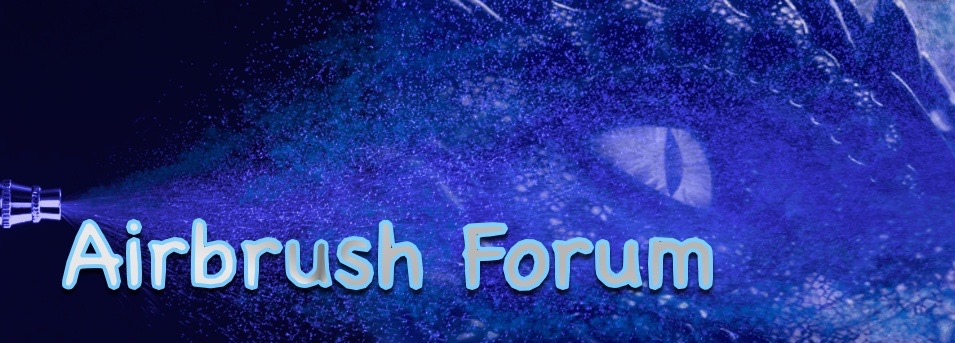I'll lube the needle once in a while, or if I know that brush will be sitting for a bit. The Iwata-Media Super-Lube works well, but I've also used E'Tac Condition-air, or just straight glycerin. I just put a bit on the needle, then install the needle. It seems to get enough lube to the bearing to do the job. Before loading up paint, I run some cleaner through the brush to get any excess lube off of the "wet" portion of the needle. (or reducer/ laq thinner if you're using uro's)
I've tried lubing the trigger area, but found it usually doesn't make much of a difference, or at least not a lasting one. If I notice an airbrushes action is getting a bit gritty, I just sand down and polish the trigger components. It lasts longer, and doesn't risk gumming up or getting oils into your air flow.
As far as de-chromed cups, it won't effect the working of the airbrush at all. Most of mine are down to the brass. I don't see any point in trying to polish them because 1) it would be a pain, and 2) the brass is soft enough that you'd be right back where you started in no time, anyway. Plus, polishing would just remove more material. The brush would probably be a bit easier to clean with a polished cup, but mine clean up just fine as they are. I'd rather spend the time polishing the needle or nozzle, where it will make a difference in how the airbrush performs, than spend the time polishing the paint cup.
Last, it depends on what paints you use, but as a general rule, NOTHING oil-based or silicon-based gets used anywhere even near my airbrushes. Did it once, sprayed fish-eyes for a month before I got it all cleaned out (which took more tear-downs than I can remember). Again, I'd rather simply polish the parts to get rid of as much friction as possible than risk dealing with that headache again.
Basically, I spent a LOT of money on filters and such to make VERY sure that the air that gets to my gun or brushes is very clean and very dry. Why would I risk contamination of the air at the very end?
Oh, and one last thing- Often, I'll put a little E'Tac Condition-air into the color cup of an airbrush if it's going to sit, or even if I just don't have time for a really good clean-up at the end of the day. It will condition the needle bearing (especially if you have rubber ones), keeps any little paint gremlins from drying up inside the nozzle or anywhere like that, AND acts to loosen any dried paint that may already be there. Just a little trick I've found handy...

